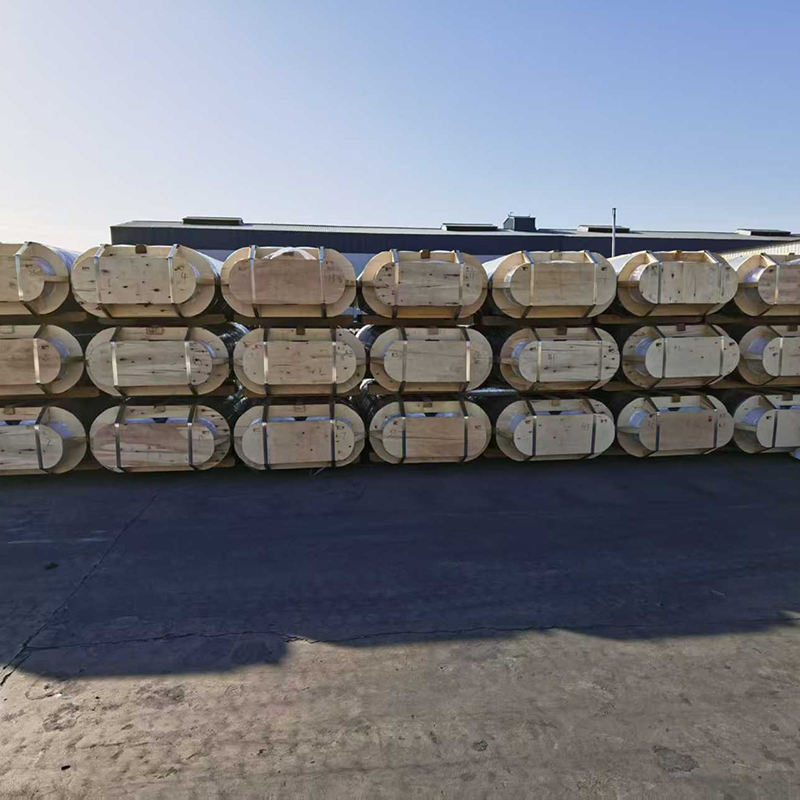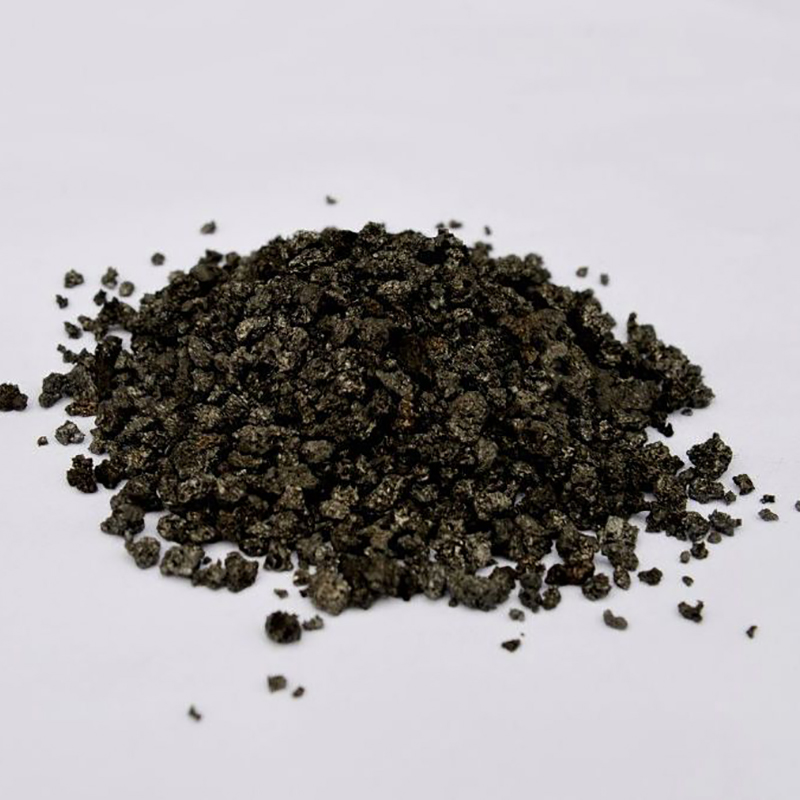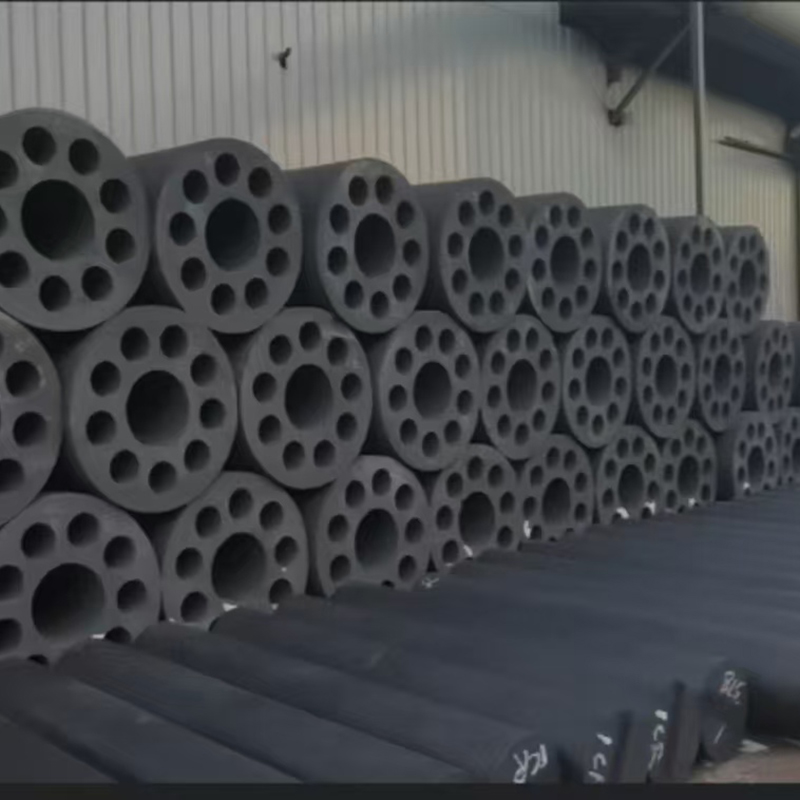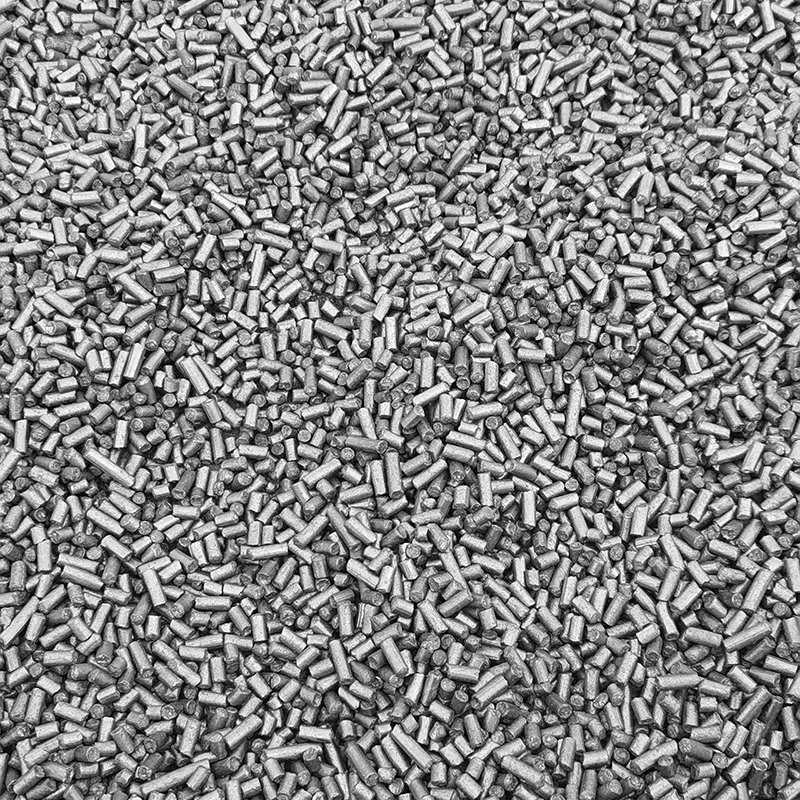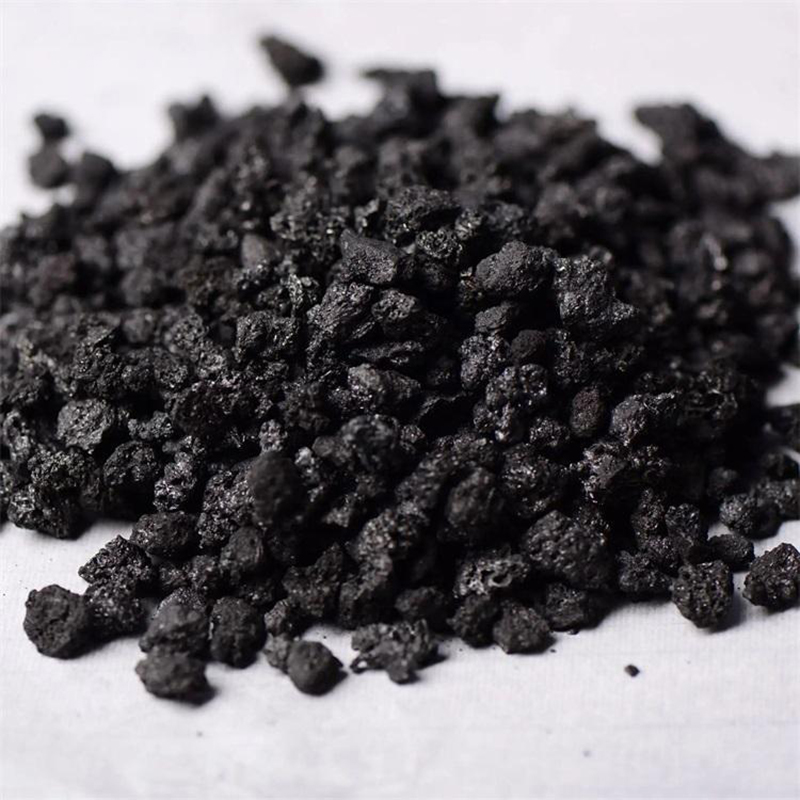- Chinese
- French
- German
- Portuguese
- Spanish
- Russian
- Japanese
- Korean
- Arabic
- Irish
- Greek
- Turkish
- Italian
- Danish
- Romanian
- Indonesian
- Czech
- Afrikaans
- Swedish
- Polish
- Basque
- Catalan
- Esperanto
- Hindi
- Lao
- Albanian
- Amharic
- Armenian
- Azerbaijani
- Belarusian
- Bengali
- Bosnian
- Bulgarian
- Cebuano
- Chichewa
- Corsican
- Croatian
- Dutch
- Estonian
- Filipino
- Finnish
- Frisian
- Galician
- Georgian
- Gujarati
- Haitian
- Hausa
- Hawaiian
- Hebrew
- Hmong
- Hungarian
- Icelandic
- Igbo
- Javanese
- Kannada
- Kazakh
- Khmer
- Kurdish
- Kyrgyz
- Latin
- Latvian
- Lithuanian
- Luxembou..
- Macedonian
- Malagasy
- Malay
- Malayalam
- Maltese
- Maori
- Marathi
- Mongolian
- Burmese
- Nepali
- Norwegian
- Pashto
- Persian
- Punjabi
- Serbian
- Sesotho
- Sinhala
- Slovak
- Slovenian
- Somali
- Samoan
- Scots Gaelic
- Shona
- Sindhi
- Sundanese
- Swahili
- Tajik
- Tamil
- Telugu
- Thai
- Ukrainian
- Urdu
- Uzbek
- Vietnamese
- Welsh
- Xhosa
- Yiddish
- Yoruba
- Zulu
- Kinyarwanda
- Tatar
- Oriya
- Turkmen
- Uyghur

The Ultimate Guide to Graphite Tongs: Selection, Usage, and Safety
2025-07-05
The Ultimate Guide to Graphite Tongs: Selection, Usage, and Safety
This comprehensive guide covers everything you need to know about graphite tongs, from choosing the right pair for your needs to ensuring safe and effective usage. Learn about different types, materials, applications, and safety precautions to maximize your efficiency and minimize risks. We’ll explore factors to consider when purchasing graphite tongs and offer practical tips for their proper handling and maintenance.
Understanding Graphite Tongs
What are Graphite Tongs?
Graphite tongs are specialized tools designed to handle hot, brittle, or delicate materials, particularly in high-temperature applications. They are typically constructed from graphite, a material known for its high thermal conductivity, resistance to thermal shock, and chemical inertness. This makes them ideal for handling items in furnaces, crucibles, and other high-heat environments. The design of graphite tongs varies depending on the specific application, with different jaw shapes, sizes, and gripping mechanisms available.
Types of Graphite Tongs
The market offers a variety of graphite tongs, each tailored for specific tasks. Some common types include:
- Straight jaw graphite tongs: Ideal for gripping cylindrical or rectangular objects.
- Curved jaw graphite tongs: Best suited for handling irregularly shaped items.
- Needle-nose graphite tongs: Designed for precise handling of small or delicate objects.
- Heavy-duty graphite tongs: Constructed for handling larger or heavier materials.
Materials and Construction
While the primary material is graphite, the construction can vary. Some graphite tongs may incorporate reinforcing materials to enhance their strength and durability, especially in heavy-duty models. The quality of the graphite used also impacts the tong’s performance and lifespan. High-purity graphite offers better resistance to oxidation and degradation at high temperatures.
Choosing the Right Graphite Tongs
Factors to Consider
Selecting the appropriate graphite tongs depends on several factors:
- Temperature rating: Ensure the tongs can withstand the temperatures encountered in your application. Check manufacturer specifications for maximum operating temperatures.
- Jaw size and shape: Choose a size and shape that provides a secure grip on the materials being handled.
- Material compatibility: Confirm that the graphite is compatible with the materials you will be handling to prevent reactions or contamination.
- Handle design: Consider the handle’s length and grip to ensure comfortable and safe handling.
- Durability and lifespan: Look for graphite tongs constructed from high-quality materials to ensure a long lifespan.
Safe Handling and Usage
Safety Precautions
Always prioritize safety when using graphite tongs:
- Wear appropriate personal protective equipment (PPE), including heat-resistant gloves and safety glasses.
- Inspect the tongs before each use for any signs of damage or wear. Replace damaged tongs immediately.
- Use proper lifting techniques to avoid strain or injury.
- Allow the tongs to cool completely before handling after use.
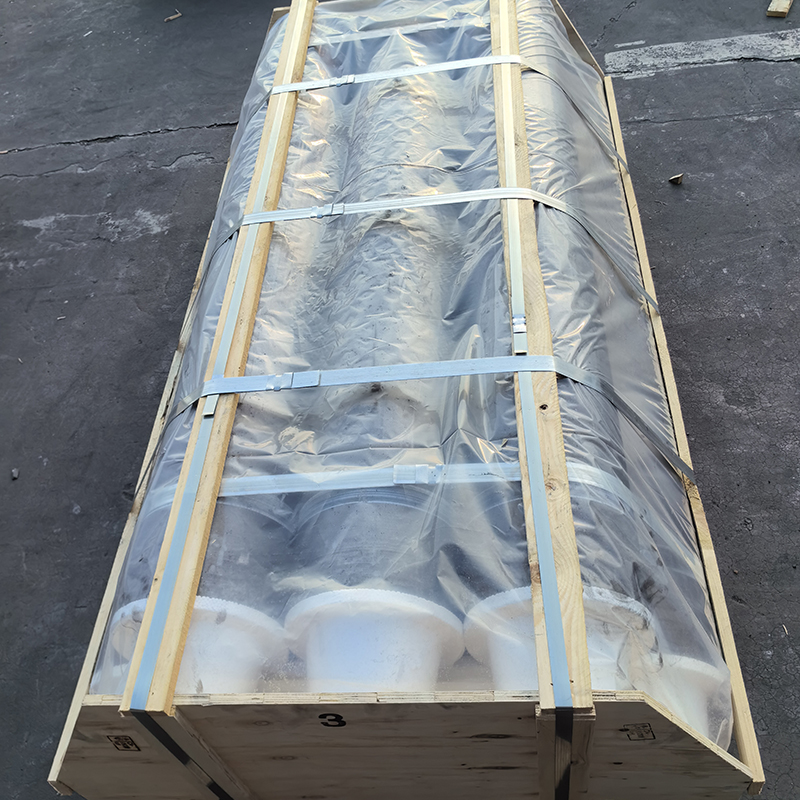
Maintenance and Care
Proper maintenance extends the lifespan of your graphite tongs. After each use, clean the tongs to remove any residue. Store them in a dry, clean environment to prevent corrosion or damage.
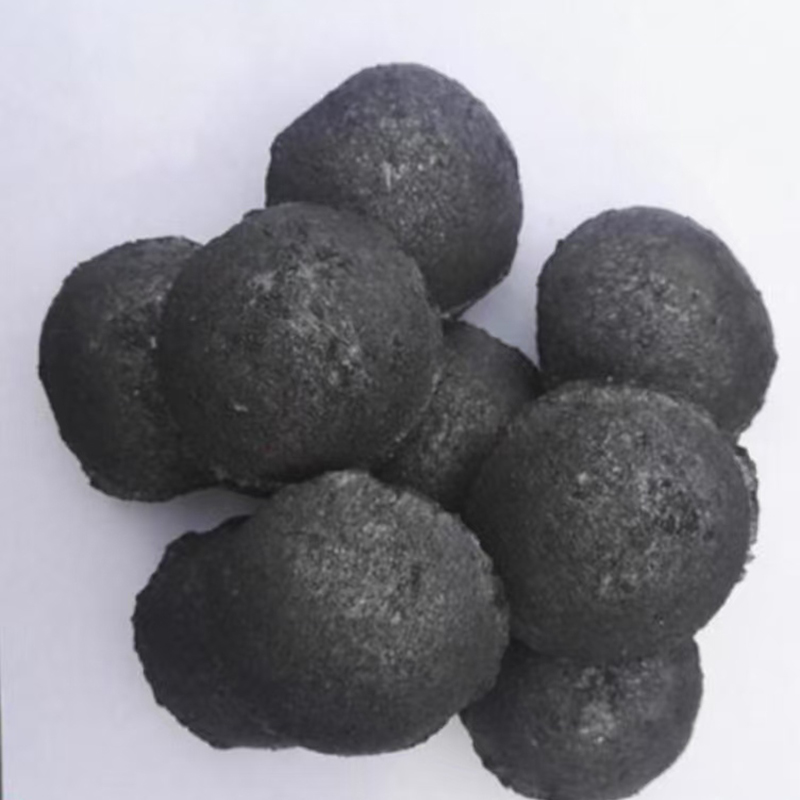
Where to Purchase High-Quality Graphite Tongs
For high-quality graphite tongs and other carbon products, consider contacting Hebei Yaofa Carbon Co., Ltd. They are a leading manufacturer with a wide range of products and expertise in the field. Their commitment to quality ensures reliable performance and durability.
table { width: 700px; margin: 20px auto; border-collapse: collapse;}th, td { border: 1px solid #ddd; padding: 8px; text-align: left;}th { background-color: #f2f2f2;}






